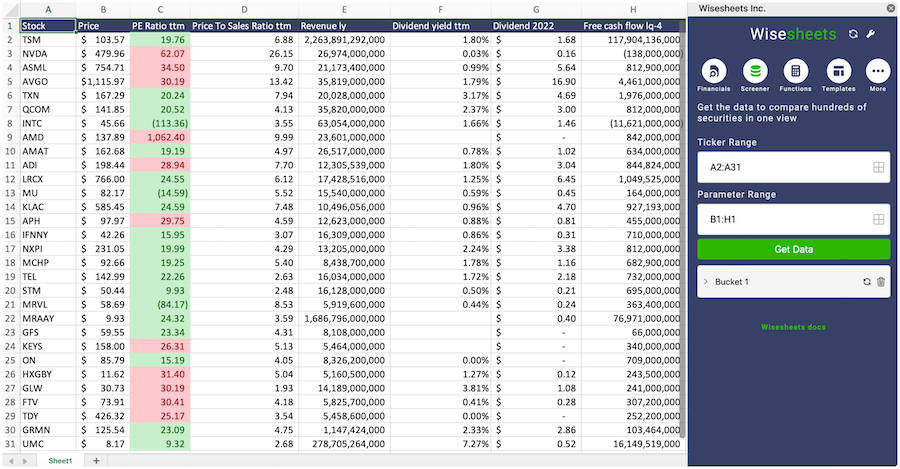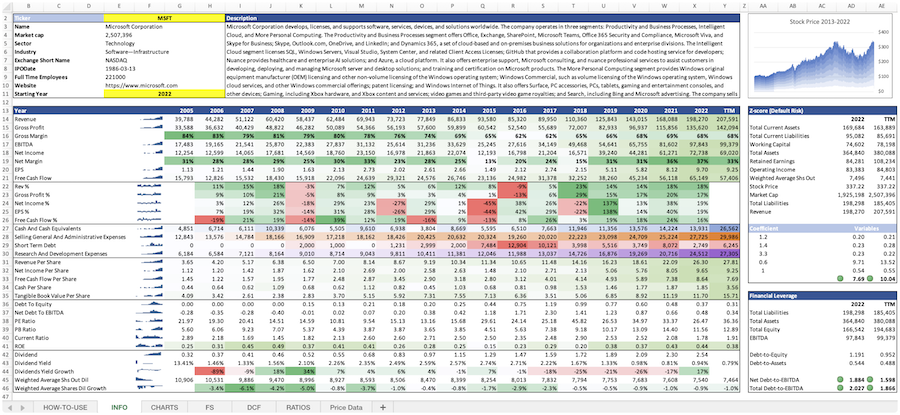Banco BBVA Argentina S.A.
BBAR.BA
Price:
$9440
Market Cap:
$5.78T
Banco BBVA Argentina S.A. provides various banking products and services to individuals and companies in Argentina. It provides retail banking products and services, such as checking and savings accounts, time deposits, credit cards, consumer and pledge loans, mortgages, insurance, and investment products to individuals; and small and medium-sized companies products and services, including financing products, factoring, checking accounts, time deposits, transactional and payroll services, insurance, and investment products to private-sector companies. The company also provides corporate and investment banking products and services, such as global transaction services; global markets solution...[Read more]
Industry
Banks - Regional
IPO Date
2000-01-03
Stock Exchange
BUE
Ticker
BBAR.BA
PE Ratio
[55.58]
ROE
[9.29%]
Current Ratio
[0.25]
Dividend Yield
[1.10%]
Enterprise Value
[3.24T]
Dividend History
The Current Ratio as of December 2025 (TTM) for Banco BBVA Argentina S.A. (BBAR.BA) is 0.25
According to Banco BBVA Argentina S.A.’s latest financial reports and current stock price. The company's current Current Ratio is 0.25. This represents a change of -31.04% compared to the average of 0.36 of the last 4 quarters.
Banco BBVA Argentina S.A. (BBAR.BA) Historical Current Ratio (quarterly & annually)
How has BBAR.BA Current Ratio performed in the past?
The mean historical Current Ratio of Banco BBVA Argentina S.A. over the last ten years is 18.20K. The current 0.25 Current Ratio has changed -99.86% with respect to the historical average. Over the past ten years (40 quarters), BBAR.BA's Current Ratio was at its highest in in the December 2017 quarter at 139.68K. The Current Ratio was at its lowest in in the March 2018 quarter at 0.
Average
18.20K
Median
941.87
Minimum
0.67
Maximum
139.68K
Banco BBVA Argentina S.A. (BBAR.BA) Current Ratio by Quarter and Year
Discovering the peaks and valleys of Banco BBVA Argentina S.A. Current Ratio, unveiling quarterly and yearly fluctuations to gain insights into the company’s financial performance and market dynamics, offering valuable data for investors and analysts alike.
Maximum Annual Increase = 1.23%
Maximum Annual Current Ratio = 139.68K
Minimum Annual Increase = -99.99%
Minimum Annual Current Ratio = 0.67
| Year | Current Ratio | Change |
|---|---|---|
| 2024 | 0.67 | -51.89% |
| 2023 | 1.39 | -99.99% |
| 2022 | 22.53K | 103.01% |
| 2021 | 11.10K | 63.73% |
| 2020 | 6.78K | 1.14% |
| 2019 | 546.96 | -59.08% |
| 2018 | 1.34K | -99.04% |
| 2017 | 139.68K | 1.23% |
| 2016 | 11.39 | 1.99% |
| 2015 | 11.17 | 57.90% |
Banco BBVA Argentina S.A. (BBAR.BA) Average Current Ratio
How has BBAR.BA Current Ratio performed in the past?
The current Current Ratio of Banco BBVA Argentina S.A. (BBAR.BA) is less than than its 3-year, less than than its 5-year, and less than than its 10-year historical averages
3-year avg
7.51K
5-year avg
8.08K
10-year avg
18.20K
Banco BBVA Argentina S.A. (BBAR.BA) Current Ratio vs. Peers
How is BBAR.BA’s Current Ratio compared to its peers?
Banco BBVA Argentina S.A.’s Current Ratio is less than Banco Macro S.A. (0.27), greater than Grupo Supervielle S.A. (0), less than Bolsas y Mercados Argentinos S.A. (1.20), less than Banco de Valores S.A. (1.26), less than Grupo Financiero Galicia S.A. (0.35),
| Company | Current Ratio | Market cap |
|---|---|---|
| 0.27 | $8.76T | |
| 0 | $1.61T | |
| 1.20 | $2.28T | |
| 1.26 | $498.63B | |
| 0.35 | $13.44T |
Build a custom stock screener for Banco BBVA Argentina S.A. (BBAR.BA) and other stocks
One of the best ways to find valuable stocks to invest in is to build a custom made screener in your Excel or Google Sheets spreadsheet. This allows you to compare thousands of companies like Banco BBVA Argentina S.A. using the financials and key metrics that matter to you in a single view.
The easiest way to set this up is to use the Wisesheets add-on and set your spreadsheet like this:
Covering all these metrics from financial, data, dividend data, key metrics and more you can get all the data you want for over 50+ exchanges worldwide.
Get your free trial here.
Banco BBVA Argentina S.A. (BBAR.BA) and other stocks custom spreadsheet templates
The easiest way to analyze a company like Banco BBVA Argentina S.A. or any others is to create a spreadsheet model that automatically retrieves all of the stock data you need.
Using Wisesheets you can set up a spreadsheet model like this with simple spreadsheet formulas. If you change the ticker you can get all of the data automatically updated for you.
Whether you need live data, historical price data, financials, dividend data, key metrics, analyst estimates, or anything else...Wisesheets has you covered.
Frequently asked questions❓
What is the Current Ratio?
How can you use the Current Ratio?
What is Banco BBVA Argentina S.A.'s Current Ratio?
How is the Current Ratio calculated for Banco BBVA Argentina S.A. (BBAR.BA)?
What is the highest Current Ratio for Banco BBVA Argentina S.A. (BBAR.BA)?
What is the 3-year average Current Ratio for Banco BBVA Argentina S.A. (BBAR.BA)?
What is the 5-year average Current Ratio for Banco BBVA Argentina S.A. (BBAR.BA)?
How does the current Current Ratio for Banco BBVA Argentina S.A. (BBAR.BA) compare to its historical average?

